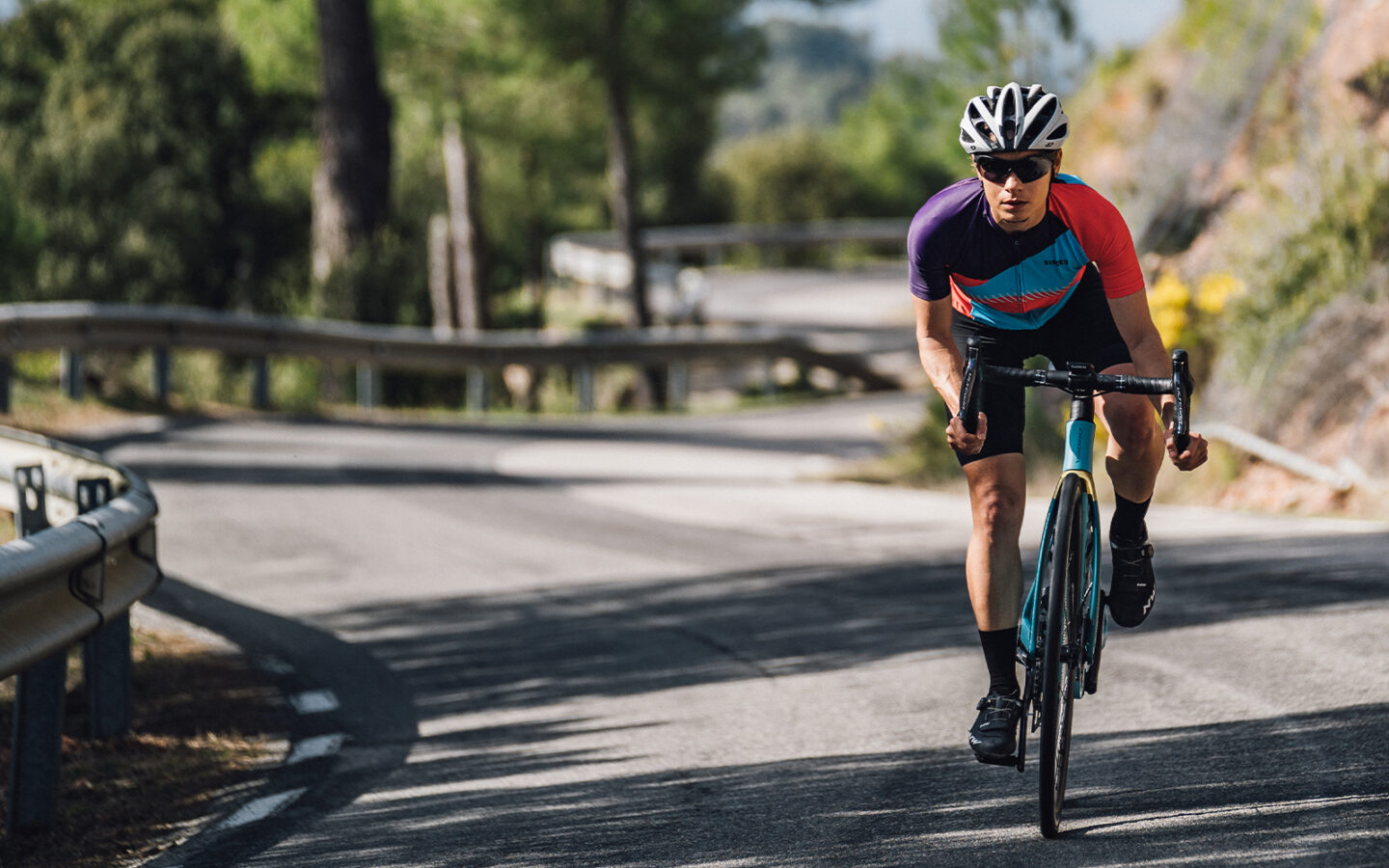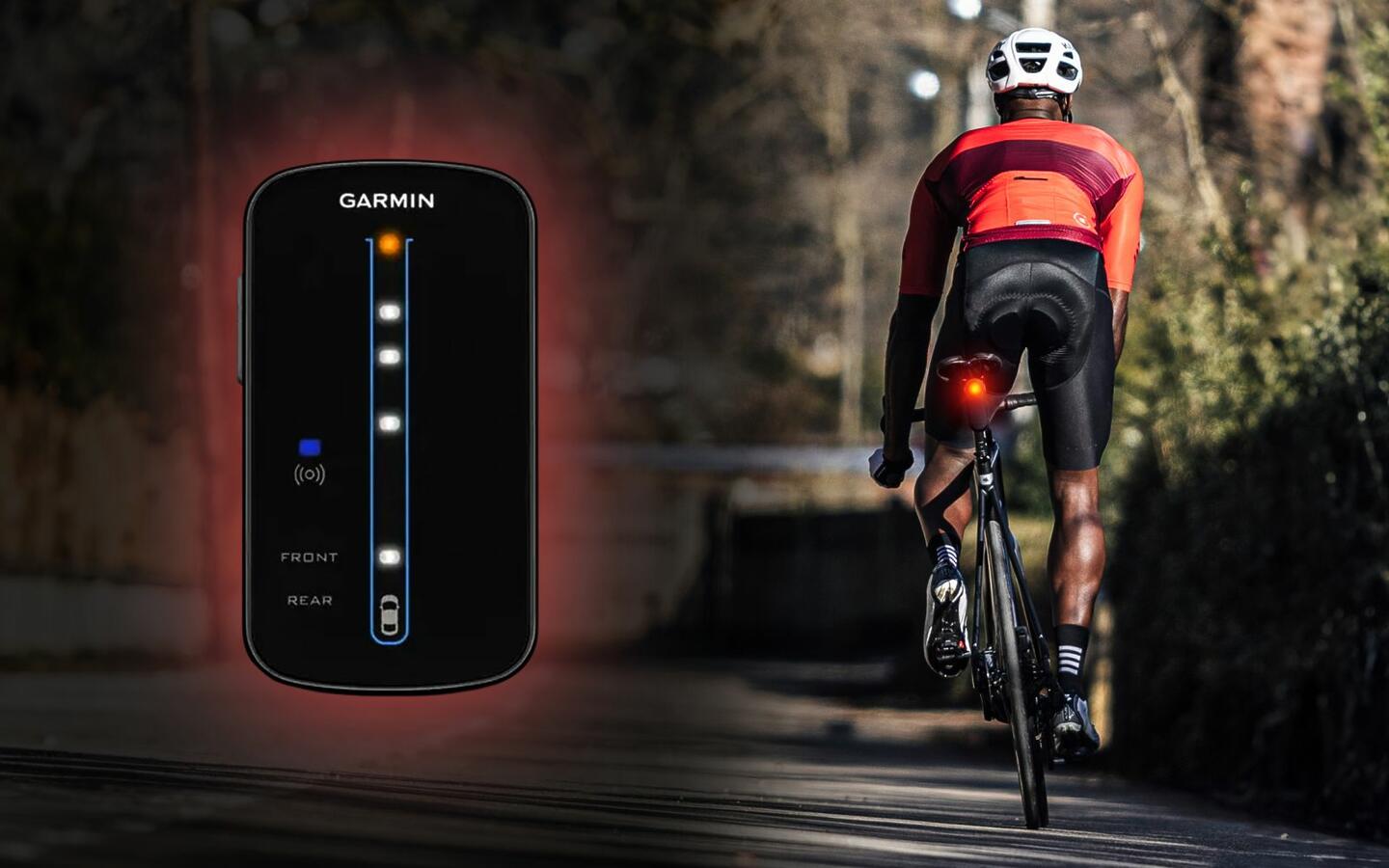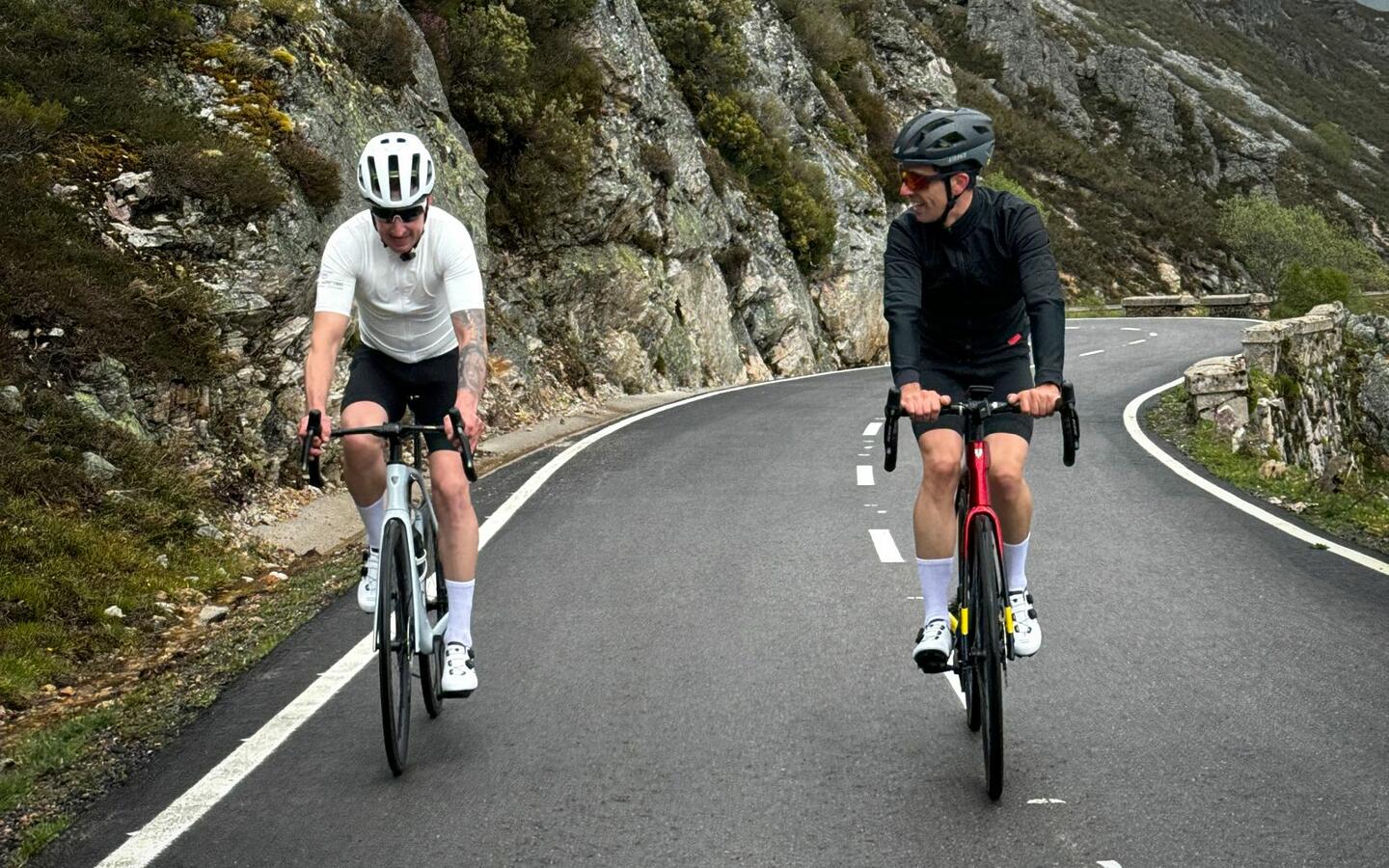Focusing on a sport such as cycling, that makes a restrictive and repetitive use of certain muscles, can have damaging and counterproductive consequences in your body, especially if you practice it a lot and training sessions are intense. This is the case with professional cyclists, and they also have professional advice in order to alleviate or avoid the negative effects of this kind of sport. As for the regular, common cyclist, the advantages of cycling are considerably higher than its disadvantages. Even so, there’s always a certain percentage of cyclists who, without actually being professionals, rise to that level and train just as much as them. And doing this without having professional advice first can trigger negative effects, both physically and mentally. In this blog post we will be looking at these consequences and how to prevent them:
Muscle imbalance

In cycling, the muscles that work the most are quadriceps, glutes and hamstrings. Meanwhile, other muscles like the abdominal and back muscles work considerably less. This can lead to muscle imbalance such as:
- Overdeveloped quadriceps. These are the muscles that cover the front part of the thigh, used to push the pedals. If they’re not leveled off with other leg muscles such as the hamstrings and the glutes, they can cause injuries due to muscle imbalance.
- Weak hamstrings. These muscles are located in the back of the thigh and risk being used less than other muscles. This can weaken them and cause injuries.
- Weak glutes. If not strengthened properly, they can lead to muscle imbalance and cause hip and lower back injuries.
- Weak abdominals. These muscles are key in order to keep a stable pelvis during cycling and a good posture on the bike. If weakened, they can lead to posture issues and injuries.

In order to prevent or alleviate these and other possible imbalances, as well as improving performance and avoiding injuries, any cyclist can carry out the following strategies:
- Muscle reinforcement exercises such as squats, lunges, weight lifting and core exercises.
- Warm-ups and stretches before and after workouts. These sessions must be focused on the muscle groups that work more or are more strained while on the bike: quadriceps, lower back, calves, neck, arms and wrists.
- Practicing other kinds of physical activities that involve different patterns of movement and different muscle groups.
- Adjust your posture on the bike. A bad posture can trigger more tension and stress on certain areas of your body. Making sure that your bike is well adjusted to your body shape and your size is key, as well as checking that you’re using a saddle, handlebars and pedals that allow you to keep a comfortable and healthy posture.
- Resting properly in between workout sessions in order to allow muscle recovery.
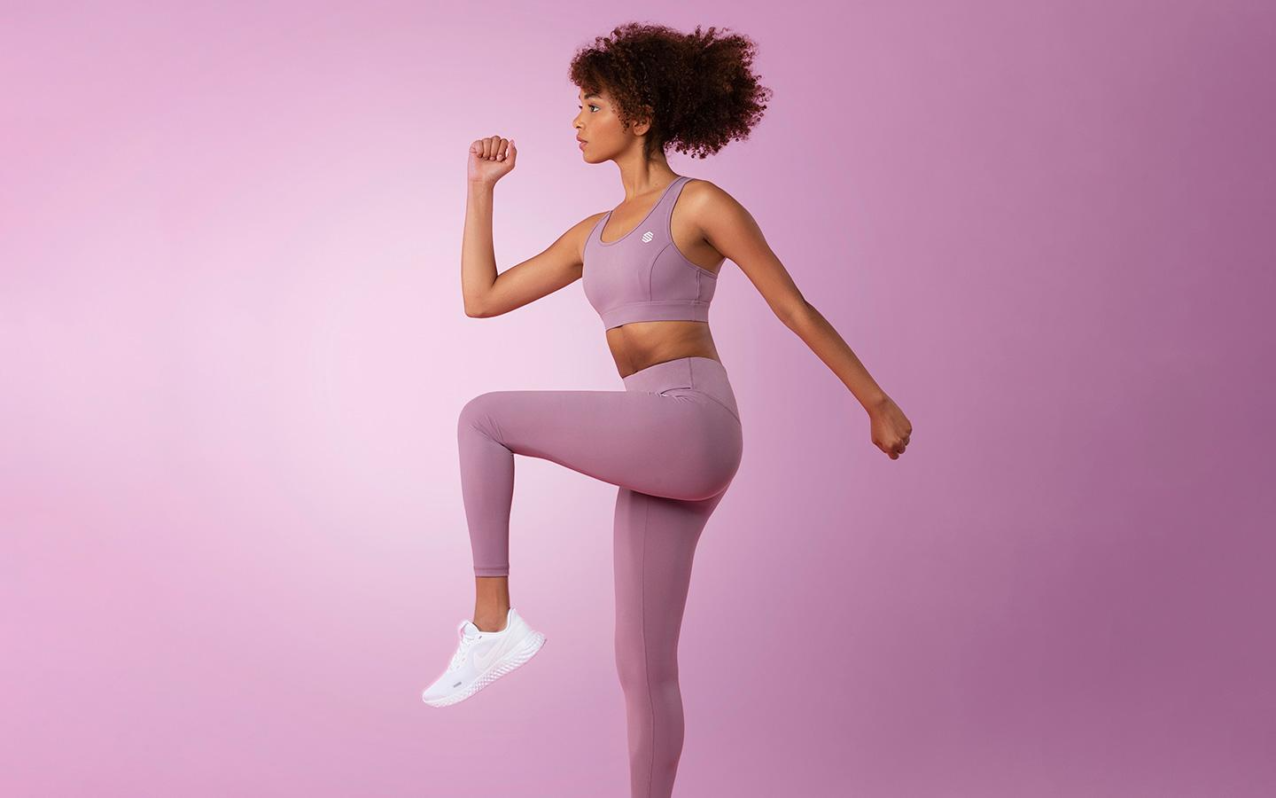
Injuries due to excessive usage
Because of cycling’s repetitive nature, cyclists can develop injuries due to overuse:
- Tendinitis. This one is quite common among cyclists when it comes to the tendons around the knees, ankles and hips, but also the elbows and wrists.
- Iliotibial Band Friction Syndrome (ITBFS). This affects the stretch of tissue that connects the hips to the knees. The repetitive friction of this iliotibial band and the knee bones can cause pain and inflammation.
- Knee pain. This one is common among cyclists as well, due to the repetitive tension on the knee joints while pedaling.
- Carpal Tunnel Syndrome (CTS). A condition in which the median nerve gets compressed due to constant pressure on the hands and wrists while holding the handlebars.
- Lower back injuries. They can be caused by excessive tension on the backbone, muscle weakness and/or bad posture.

Aside from previous recommendations, in order to prevent all these injuries, training gradually and avoiding sudden increases in duration or intensity is key. And so it is to use the proper equipment (shoes, gloves, clothing, etc.).
Posture issues
A repetitive bad posture on your bike for long periods of time can develop posture issues such as:
- Abnormal rounding of the upper back (Kyphosis). This implies an excessive curve of the spine due to a hunched posture on the bike for long periods of time.
- Elevated shoulders due to an incorrect posture (either too comfortable or too tight) that causes tension, as well as neck and shoulder pain.
- Bended neck due to excessive flexing, which can cause tension in the neck and shoulder muscles.
- Excessive hip flexion, which can cause tension in the hip and lower back muscles.

In order to prevent these issues you should follow the previous recommendations and have a biomechanical study done, so as to improve your posture on the bike. Keep in mind that you should maintain a good posture even when you’re not cycling, and especially if you have to sit down for long periods of time in your daily life.
Flexibility loss
Cycling can contribute to losing flexibility in some areas of your body. Sitting down on a bike for long periods of time can lead to a decrease in mobility and flexibility of certain muscles and joints, such as the hip muscles and the backbone.
Moreover, the muscles that are more used than others can turn stiff and tense if not properly stretched before and after any activity.

In order to improve flexibility and mobility, stretching is key, and so is performing physical activities that involve different movement patterns, or that involve physical conditioning to boost flexibility such as yoga or pilates.
Mental fatigue
We can’t wrap up this blog post without shining some light over the mental aspect of cycling because, just as with any other sport that requires a lot of physical exertion, it can lead to mental fatigue. In addition to this, cycling can be a repetitive and lonely sport, which can aggravate your mental condition and contribute to losing motivation. Aside from getting proper rest, here’s some more advice:
- Change the route every now and then. Monotony can trigger mental fatigue. If you decide on a different training area and explore new ones you’ll get more motivated and save yourself from boredom.
- Going out in a group can help in doing longer training sessions, especially in winter or when there’s bad weather and it’s harder to find the motivation to leave the house. Plus, social interaction can reduce stress and improve your mood.
- Setting realistic and specific goals can help in keeping yourself motivated and avoid frustration. But it can also work the other way around by forgetting about your goals for a while and just enjoy cycling. Do whatever you feel works best for you.
- Relaxation techniques, such as meditation and deep breathing can help reduce stress and anxiety. Including these practices in your daily routine can help improve mental health and reduce mental fatigue.
- Good nutrition is key in order to maintain energy levels and improve concentration. Make sure you’re eating enough carbohydrates and proteins so that your body and your brain can function in the best way possible.
- We do not recommend this, but if your country allows it you could listen to some music or a podcast in order to keep your mind busy and distracted. If you do, make sure the volume is safe enough that you can still be well aware of your surroundings.
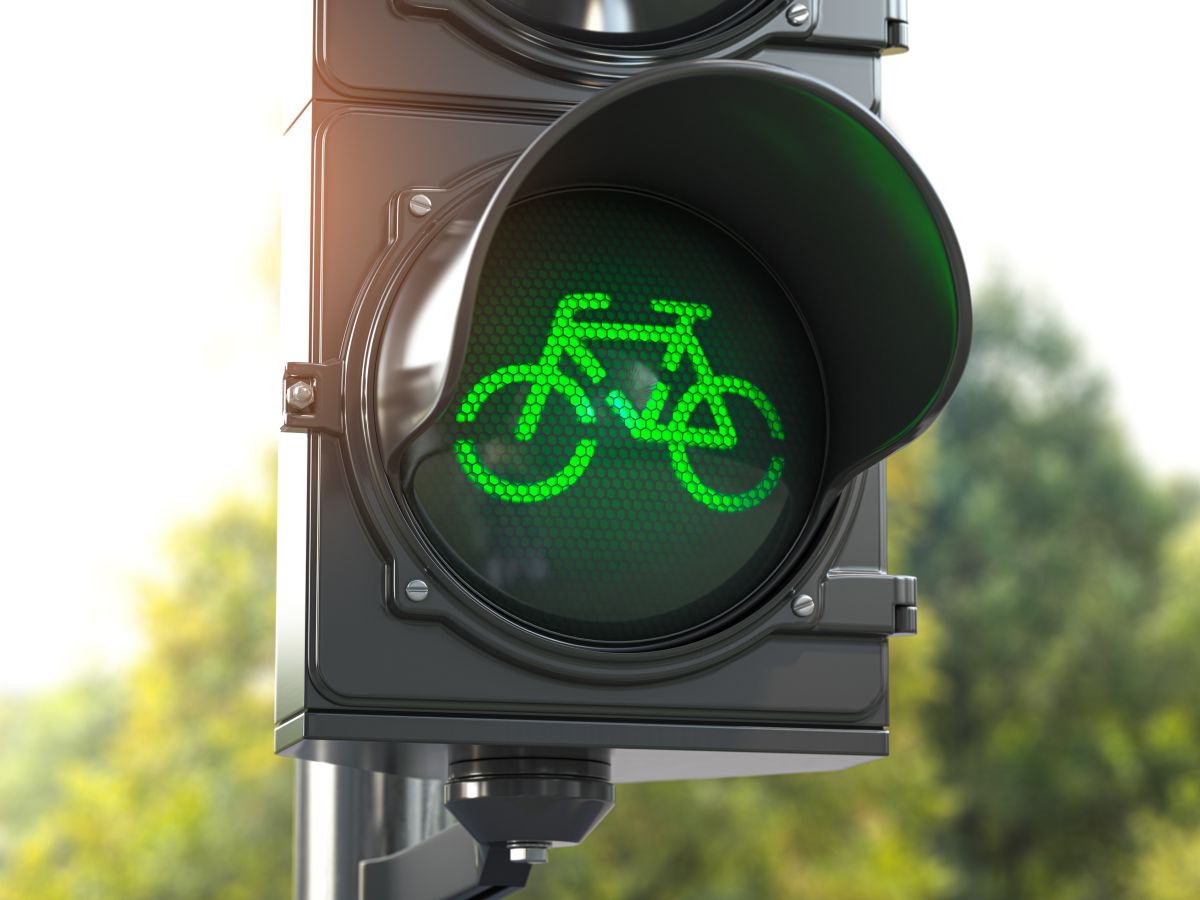
In conclusion, cycling is for most cyclists a physical activity with more advantages than disadvantages, but it has a dark side, especially for those who practice it intensively: the negative effects. To prevent and reduce them it’s advisable to adjust the position on the bike, get enough rest and eat properly. In addition to this, strengthen those muscles that work more while on the bike as well as those that don’t, stretch regularly and alternate cycling with other physical activities. And if any mental or physical issues arise, don’t seem to go away or get even worse, seek professional help from a doctor or a sports psychologist.
